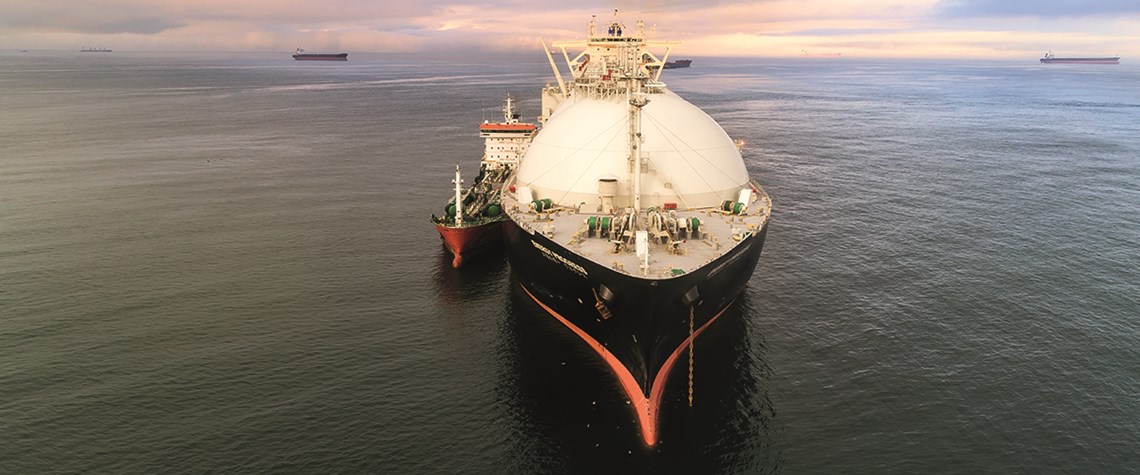Financing marine LNG
With the deadline for IMO regulations approaching, the industry is closely evaluating the business case for liquefied natural gas
LNG has long featured as a means to an end: a way of transporting natural gas from source to markets. But it was only in 2000 that a Norwegian ferry, the Glutra, entered service as the first non-LNG carrier vessel to be powered itself by the fuel. Since then, the fleet has grown significantly. As the idea of LNG-fuelled ships has gained traction, financial officers and accountants at shipping firms around the globe have had to crunch the numbers to see how it might work for them. Industry officials believe a blend of regulation, reputational issues, logistics and economics will drive further growth of the market for LNG as a marine fuel. But in the immediate aftermath of the introduction of

Also in this section
12 December 2025
The latest edition of our annual Outlook publication, titled 'The shape of energy to come: Creating unique pathways and managing shifting alliances', is available now
12 December 2025
The federal government is working with Alberta to improve the country’s access to Asian markets and reduce dependence on the US, but there are challenges to their plans
11 December 2025
The removal of the ban on oil and gas exploration and an overhaul of the system sends all the right messages for energy security, affordability and sustainability
10 December 2025
The economic and environmental cost of the seven-year exploration ban will be felt long after its removal







